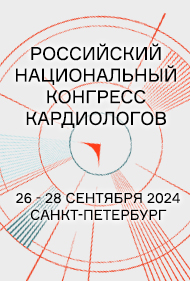Myocardial Injury after Noncardiac Surgery and its Association with Short-Term Mortality
Abstract
Background—To identify patients at risk for postoperative myocardial injury and death, it has been suggested to measure cardiac troponin routinely after noncardiac surgery. Such monitoring was implemented in our hospital. The aim of this study was to determine the predictive value of postoperative myocardial injury, as measured by troponin elevation, on 30 day mortality after noncardiac surgery.
Methods and Results—This observational single center cohort study included 2,232 consecutive intermediate to high risk noncardiac surgery patients aged 60 and above operated in 2011. Troponin was measured on the first three postoperative days. Log binomial regression analysis was used to estimate the association between postoperative myocardial injury (troponin I level >0.06 mcg/L) and all-cause 30-day mortality. Myocardial injury was found in 315 (19%) patients. All-cause death occurred in 56 (3%) patients. The relative risk of a minor increase in troponin (0.07-0.59 mcg/L) was 2.4 (95% CI 1.3-4.2, p<0.01), and the relative risk of a 10-100 fold increase in troponin (≥0.60mcg/L) was 4.2 (95% CI 2.1-8.6, p<0.01). A myocardial infarction according to the universal definition was diagnosed in 10 patients (0.6%), of which one (0.06%) had ST-elevation myocardial infarction.
Conclusions—Postoperative myocardial injury is an independent predictor of 30-day mortality after noncardiac surgery. Implementation of postoperative troponin monitoring as standard of care is feasible and might be helpful to improve the prognosis of patients undergoing noncardiac surgery.
Source: circ.ahajournals.org






